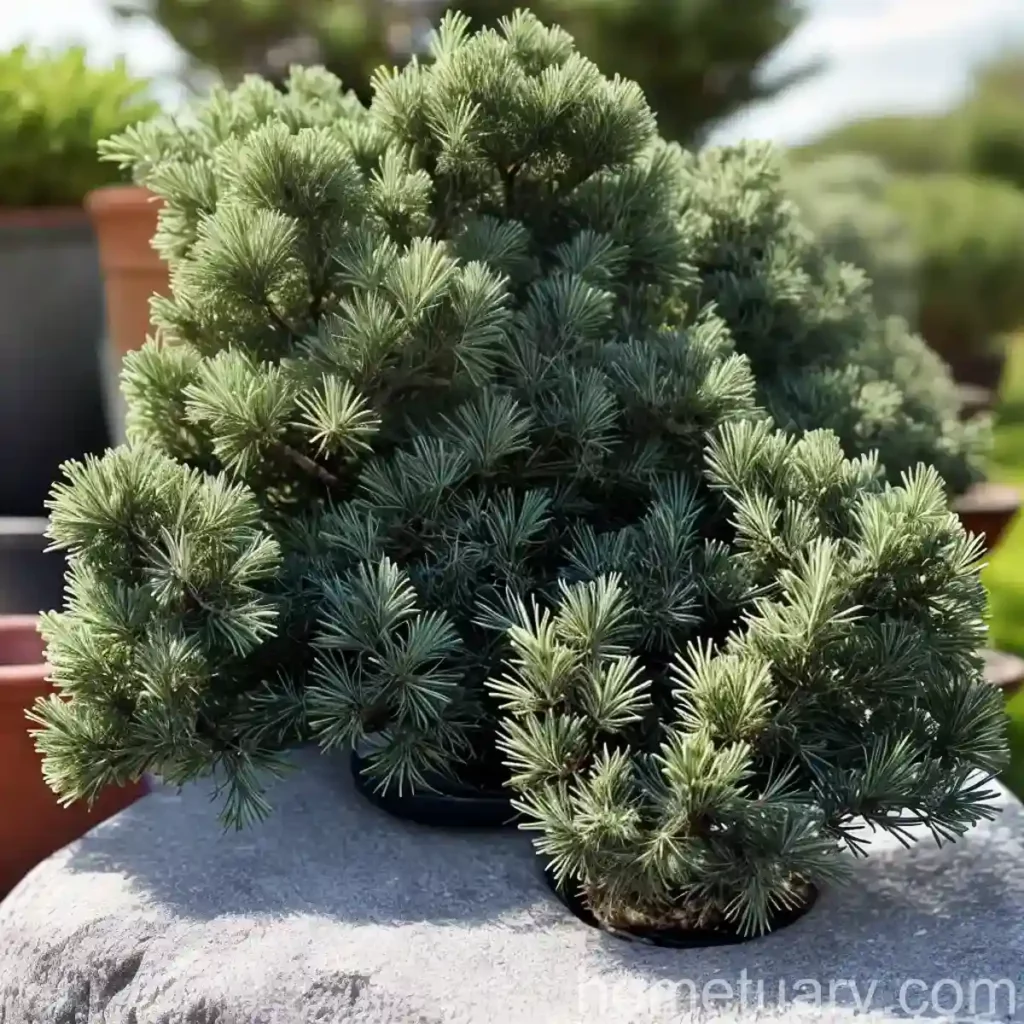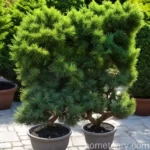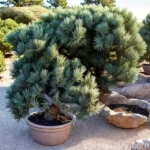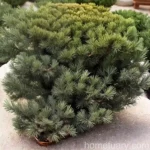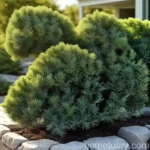All About Juniper (Juniperus x pfitzeriana ‘Kallay’s Compact’)
What is Juniper ‘Kallay’s Compact’?
Juniperus x pfitzeriana, commonly known as Juniper, is a versatile and popular evergreen shrub that belongs to the Cupressaceae family. ‘Kallay’s Compact’ is a specific cultivar of Juniperus x pfitzeriana that is valued for its compact growth habit. This hardy plant is known for its exceptional resilience and adaptability. In this article, we will delve into the various aspects of Juniperus x pfitzeriana ‘Kallay’s Compact’ and explore its culture, uses, care requirements, common diseases, and much more.
Key Takeaways
- Scientific Name: Juniperus x pfitzeriana ‘Kallay’s Compact’
- Common Name: Kallay’s Compact juniper
- Plant Type: Evergreen shrub
- Growth Habit: Compact and spreading
- Foliage: Scale-like, bright green
Culture
Water
Juniper ‘Kallay’s Compact’ is an incredibly drought-tolerant plant once established. When grown in the ground, it generally does not require supplemental watering except during extended periods of drought. However, during the first year after planting, regular watering is essential to promote its establishment and root development. It is important to ensure that the soil is well-draining to prevent waterlogged conditions, which can be detrimental to the plant’s health.
Sunlight
This cultivar thrives in full sun to partial shade. It is best to provide it with at least 6 hours of direct sunlight daily for optimal growth and development. In shadier conditions, the plant may become less dense and show reduced vigor.
Fertilizer
Juniperus x pfitzeriana ‘Kallay’s Compact’ is not particularly demanding when it comes to fertilizer. A balanced, slow-release fertilizer can be applied in early spring before the new growth emerges. It is important to follow the recommended application rates to avoid over-fertilization, which can lead to excessive and weak foliage growth.
Soil
This plant prefers well-drained soil with a slightly acidic to neutral pH. It can adapt to various soil types, including sandy, loamy, or clay soils. However, ensuring good drainage is crucial to prevent waterlogging, which can cause root rot and other issues.
Pruning
Pruning is an essential aspect of maintaining the desired shape and size of Juniperus x pfitzeriana ‘Kallay’s Compact.’ It is best to prune this cultivar in early spring before the new growth begins. Regular pruning can help promote a dense growth habit and maintain its compact form. When pruning, it is important to remove dead, damaged, or diseased branches to enhance the plant’s overall health and appearance.
Propagation
Propagation of Juniperus x pfitzeriana ‘Kallay’s Compact’ is commonly done through semi-hardwood cuttings. The best time to take these cuttings is in late summer to early autumn. The cuttings should be treated with a rooting hormone and placed in a well-draining potting mix. With proper care and moisture, the cuttings will develop roots and can be transplanted into individual containers or the desired growing location.
Container Popularity
The compact nature of this cultivar makes it particularly well-suited for container gardening. Its low-maintenance requirements and attractive foliage make it a popular choice for adding greenery to patios, decks, and other outdoor living spaces. When grown in containers, it is important to ensure adequate drainage and provide regular watering to prevent the soil from drying out completely.
Common Diseases
Disease Diagnosis
Juniperus x pfitzeriana ‘Kallay’s Compact’ is generally resistant to most diseases, but it can occasionally be affected by certain fungal pathogens. Common diseases that may affect junipers include:
– Phomopsis Blight: This fungal disease can cause dieback of juniper branches and is characterized by brown or tan necrotic lesions on the stems and foliage.
– Kabatina Blight: Kabatina tip blight is another fungal disease that can affect junipers, causing browning and dieback of the tips of the branches.
It is essential to monitor the plant for any signs of disease and take appropriate measures to address the issue promptly.
Common Pests
Juniperus x pfitzeriana ‘Kallay’s Compact’ is relatively resistant to pests but may still be susceptible to certain insects and mites. Common pests that may affect junipers include:
– Spider Mites: These tiny pests can cause stippling and discoloration of the foliage, leading to a weakening of the plant.
– Bagworms: Bagworms are caterpillars that construct spindle-shaped bags on the juniper branches, feeding on the foliage and potentially causing defoliation if left unchecked.
Regular inspection and proper pest management practices can help prevent pest infestations and minimize any potential damage to the plant.
Botanist’s Tips
- When planting Juniperus x pfitzeriana ‘Kallay’s Compact,’ ensure that the root ball is level with the soil surface to prevent issues related to planting too deeply or too shallowly.
- Avoid heavy mulching around the base of the plant to prevent excess moisture retention, which can lead to root rot.
Fun Facts
- The genus name “Juniperus” is derived from the Latin word “junio,” which means young or youthful, possibly alluding to the evergreen nature of the plant.
- Juniper berries are used in the production of gin and as a flavoring agent in various cuisines.
Links to External Resources
In this comprehensive guide, we have explored the various aspects of Juniperus x pfitzeriana ‘Kallay’s Compact,’ ranging from its cultural requirements to common pests and diseases. Whether used as a low-maintenance landscape plant or a versatile container specimen, this compact juniper cultivar certainly has much to offer for gardeners and landscapers alike.

